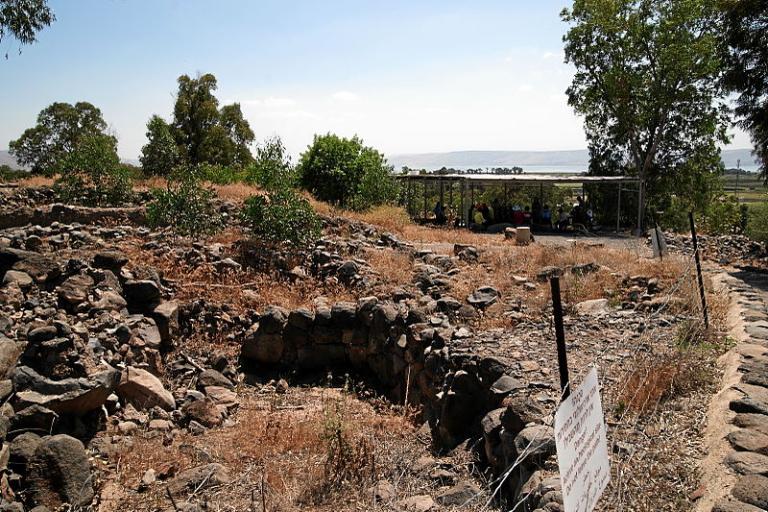
Continued from “A Note on Evidence (Part One)”:
I’ve tried to explain to this blog’s resident atheist that, in cases where the publicly-available, objective, agreed-upon evidence is insufficient to convince everyone beyond a reasonable doubt — where an issue remains unresolved, that is, but where a decision must inescapably be made — individuals are left to make up their own minds.
He doesn’t like this explanation. Heck, he doesn’t like the phrase. He disapproves of my suggestion that there are matters, both important and unimportant, in which people must make their own decisions because the evidence underdetermines the conclusion. No, it’s all about unambiguous proof. Individual decisions aren’t needed because the conclusion flows unambiguously from clear evidence (e.g., that there is no God and no life after death, that theism is just failed science, that priests and preachers and prophets are in it for money and power, and other such demonstrated and indisputable truths).
“It seems evidence is moot,” he tells me, “if every individual has to make up his mind about what is real. People who are looking for objective truths don’t make up their minds. They rely on demonstrations of truth based on evidence.”
“‘Coming to your own conclusions’ is your frequent response,” he tells me, “to the miracle claims that justify your theism. Of course this does not lead to the truth because it’s just a way for our ignorance to masquerade as knowledge.”
Often, though — again, I’m speaking in terms of publicly-available, objective, agreed-upon evidence (as opposed to the personal, non-transferable divine witness from the Holy Spirit that Latter-day Saints believe to be available to earnest seekers after truth) — we simply are ignorant. The available evidence is insufficient to coerce judgment A or to conclusively rule out judgment B.
A nice illustration of this point is laid out in Biblical Archaeology Review 46/2 (Spring 2020), with a pair of debating articles that are first introduced by the magazine’s editor:
Robert R. Cargill, “Where is the Real Biblical Bethsaida? Is it time for the Israeli National Parks Authority to rethink its declaration of the site of Bethsaida made more than two decades ago?” (6)
“We will leave it up to you, the readers,” writes Professor Cargill in a sentence that seems calculated to offend and agitate my atheist friend, “to decide which site is the real Bethsaida.”
R. Steven Notley and Mordechai Aviam, “Searching for Bethsaida: The Case for El-Araj” (26-39)
Rami Arav, “Searching for Bethsaida: The Case for Et-Tell” (40-47)
To be continued.












